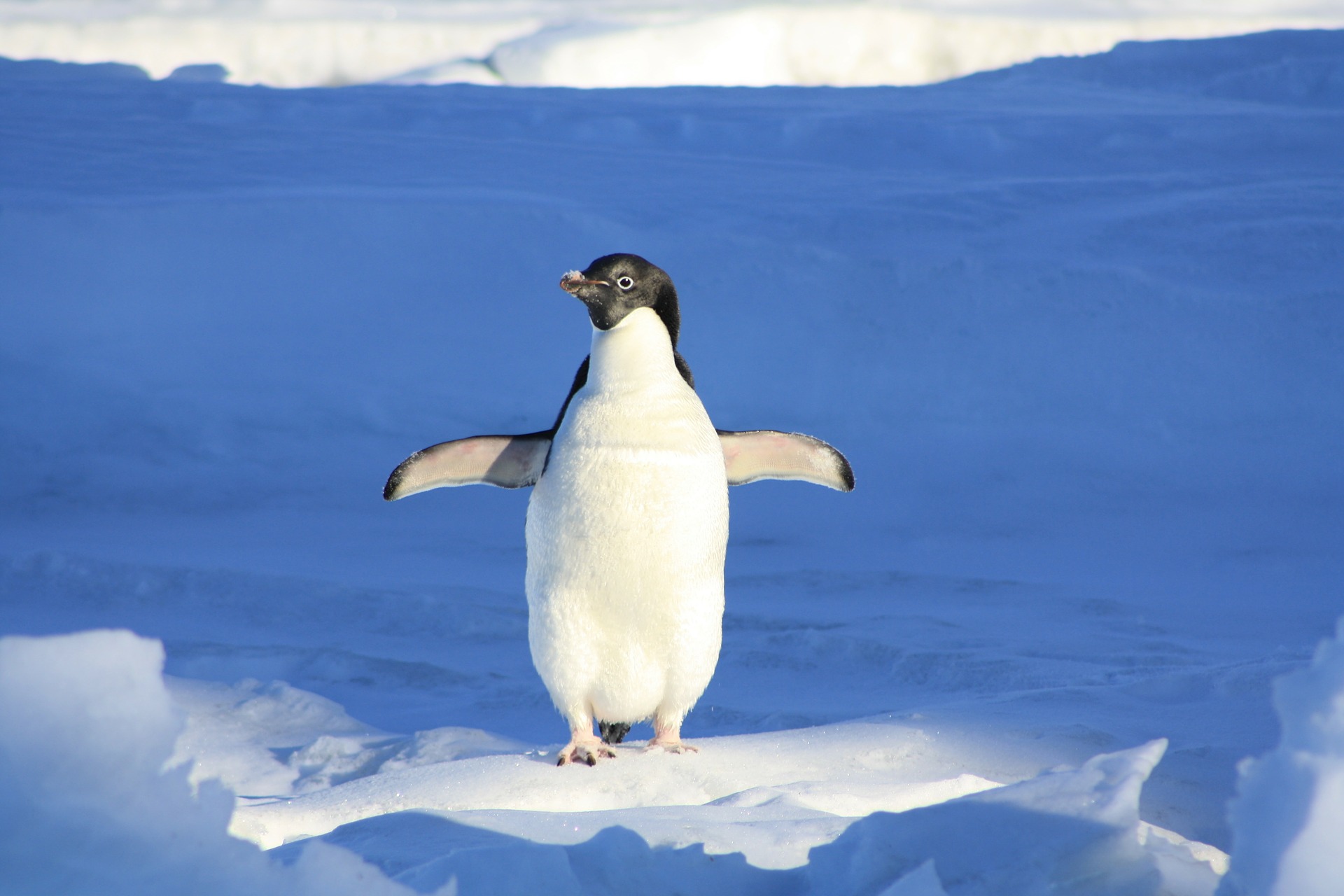Adélie penguins (Pygoscelis adeliae) are considered to be a key-indicator species, meaning that trends in their populations tell a story about changes in the environment. The trends can relate to actual population numbers, foraging habits, habitat, etc. In 2014, the first global census of Adélie penguins was published. The census included field counts and remotely-sensed satellite imagery. The satellite imagery included both publicly available data and high-resolution data. The census was important because it included, what is believed to be, the entire population of Adélie penguins on Earth.
The census focused on data over a 24-year period and concluded that there are 3.79 million breeding pairs of Adélie penguins within 251 breeding populations — that’s 53% more than previously thought. However, despite the 53% total population increase, individual populations, such as those on the West Antarctic Peninsula are struggling.
Loss of sea-ice is a major factor impacting these populations. More recently, a study published in the journal of Antarctic Science asserted that populations at Cape Denison, in the East Antarctic, are also suffering. The main reason for this strain on the East Antarctic population of Adélie penguins, according to the study, is the B09B iceberg. The iceberg has been lodged in a key feeding area for the penguins and the study points to its presence as the cause of population declines.
Researchers in the study set out to understand the impacts of an iceberg on an ecosystem and what they found was an impact to Adélie penguin breeding.
However, the individuals that were counted in the study were nesting birds specific to that area, and not to the entire East Antarctic population. The Guardian and CNN for example, published reports about the Antarctic Science study claiming that 150,000 Adélie penguins died as a result of the giant iceberg. Researchers in the study set out to understand the impacts of an iceberg on an ecosystem and what they found was an impact to Adélie penguin breeding. They found that the nesting sites had become largely unsuccessful since populations were recorded over 100 years ago and found that some penguins continued to return even though conditions were poor.
Despite the claims that the population will disappear in 20 years because of the iceberg barrier between the penguins and their foraging grounds, the disappearance may very well be due to relocation and not death, as previously reported. According to Yahoo News this isn’t the first time Adélie penguins have become stranded by an iceberg. Furthermore, the remains of 150,000 penguins have yet to be discovered.
























